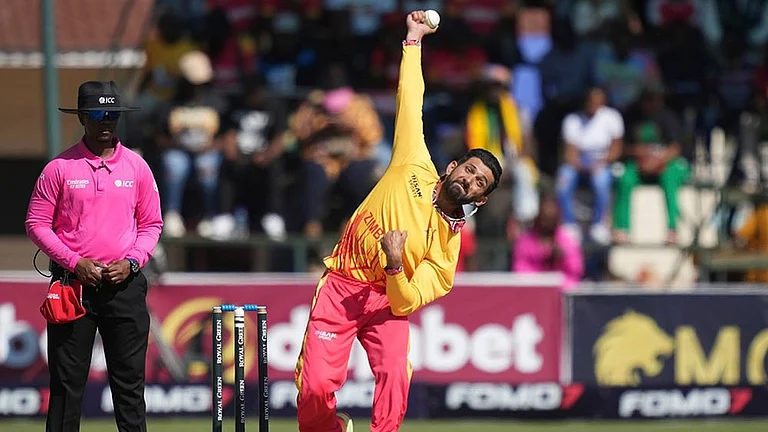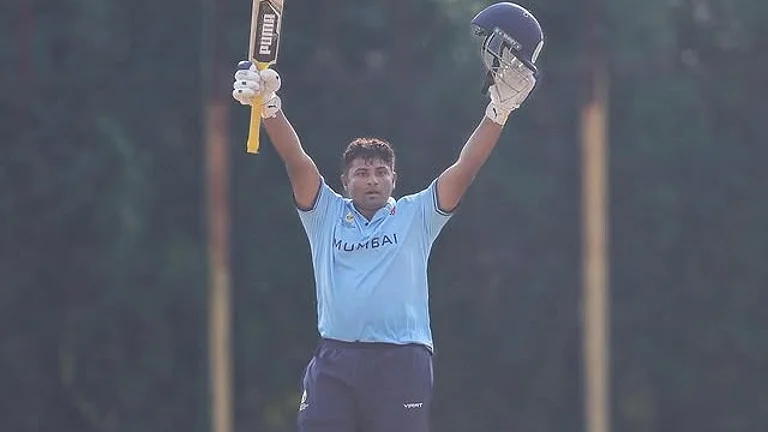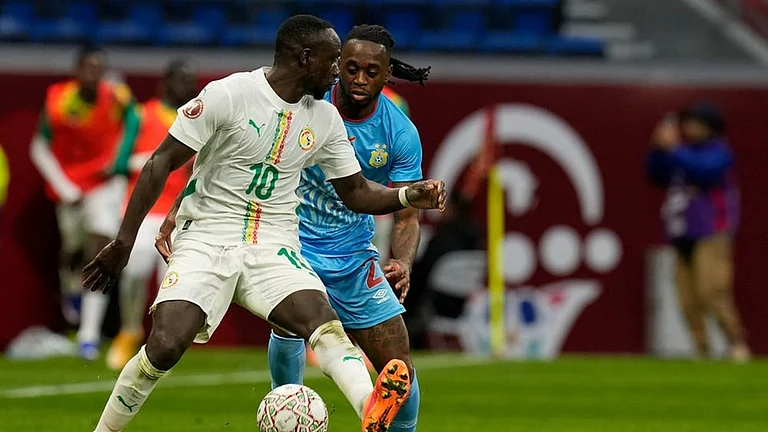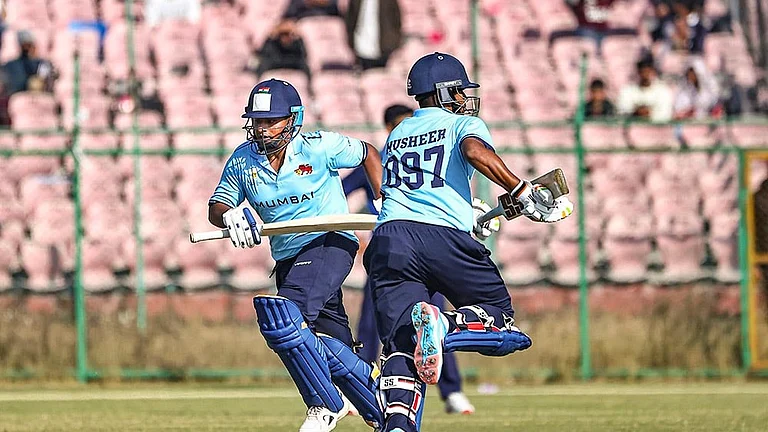Consider the following. First, before Covid-19, 50 per cent of rural India’s school-going students in Class V could read a Class II textbook. This is data the Annual Survey of Education Report (Rural) has highlighted since 2005. Second, primary schools in some parts of India have been closed for over 600 days, even though it is recognised that early-age education is critical to the future learning trajectory of a child. My own primary school-going kids in Delhi last entered their school gate in March 2020. India today has earned the unique distinction of the longest pandemic-induced school closures in the world, with Uganda and Bolivia for company. Third, digital inequality is real and online education remains a privilege of the few. The 2021 ASER survey shows that households of only 68 per cent school-going students own smartphones. Over a quarter of these students do not have access to these smartphones, and therefore had no schooling for nearly two years. In September 2021, a survey of 1,400 school children in underprivileged homes across 15 states by economists Jean Dreze, Reetika Khera and others, found merely 8 per cent rural and 24 per cent urban children, had access to regular “online” education.
As a parent, I have witnessed the emotional, psychological and educational cost prolonged school closure has had on my young children. Studying in a Zoom room is no substitute for a classroom. We will never make up for what they’ve lost. But at least my kids have the Zoom room. Most of India does not have this privilege. An ASER survey in Karnataka, done before the second wave—the only comparative data we have on learning levels before and during the pandemic—highlights the gravity of what we face. In 2018, 19.2 per cent Class III students in rural Karnataka were at grade level (i.e., they could read a Class II textbook). It dropped to 9.8 per cent in 2020. In 2018, 26.3 per cent students could do simple subtraction. In 2020, a mere 17.3 per cent could do the same.
These losses are not going to be easy to address. In an important study, economist and my CPR colleague Jishnu Das and others trace the long-term fallout of four months of school closure after the 2005 earthquake in Pakistan. They found just four months of school closures resulted in persistent learning losses through the student’s school life and estimate that if these losses continue into adult life, children could stand to lose 15 per cent of their life-time earnings. Now consider the effect nearly two years of school closures could cause.
Our education system is best described as a sorting mechanism, where focus is on, as Nobel laureates Abhijit Banerjee and Esther Duflo describe, “teaching to the top of the class”. It works for the “best” students. After all, India produces some of the world’s brightest. The problem has always been for the vast majority who are left behind. Economist Lant Pritchett estimates that four of five children who start the school year unable to read, will likely make no significant progress on reading through the year. Low levels of educational attainment is one reason for persistent inequality in India. Despite overall reduction in poverty, intergenerational upward mobility in India is low. Those born poor are likely to stay poor, as they are unable to realise their full capability. When inequities are entrenched, growth drags. Consider what two years of school closure will do to widen this gap. This is India’s inequality challenge.
All this is surmountable if we as a society come together to make education a national priority. But the muted outrage to two years of school closure, the alacrity with which we have resumed social and economic activity while insisting schools remain closed, and the complete impunity of our political class who have been complicit in these decisions, leave me with little hope. Our celebrated demographic dividend is today a ticking time bomb. And we have only ourselves to blame.
(Views expressed are personal)
ALSO READ
Yamini Aiyar is the president and CEO of Centre for Policy Research, Delhi






















